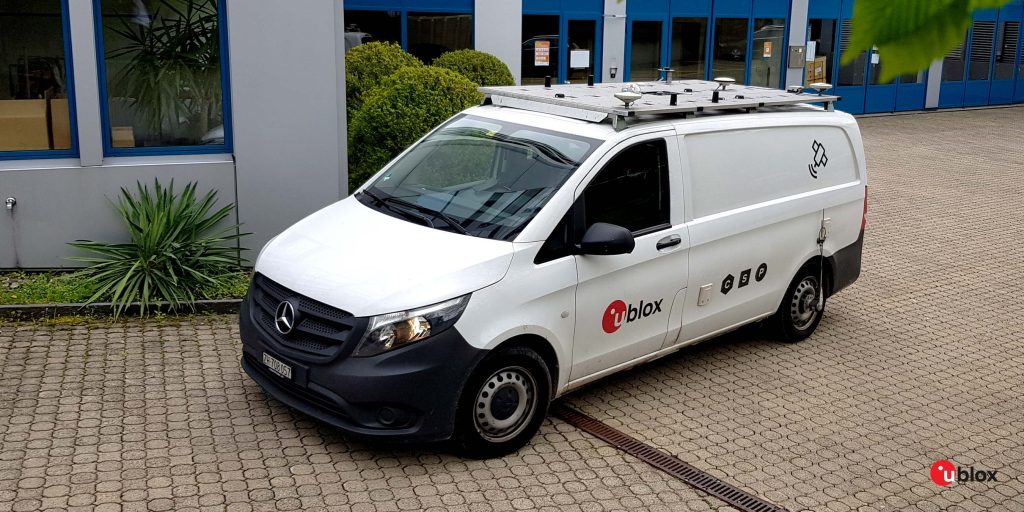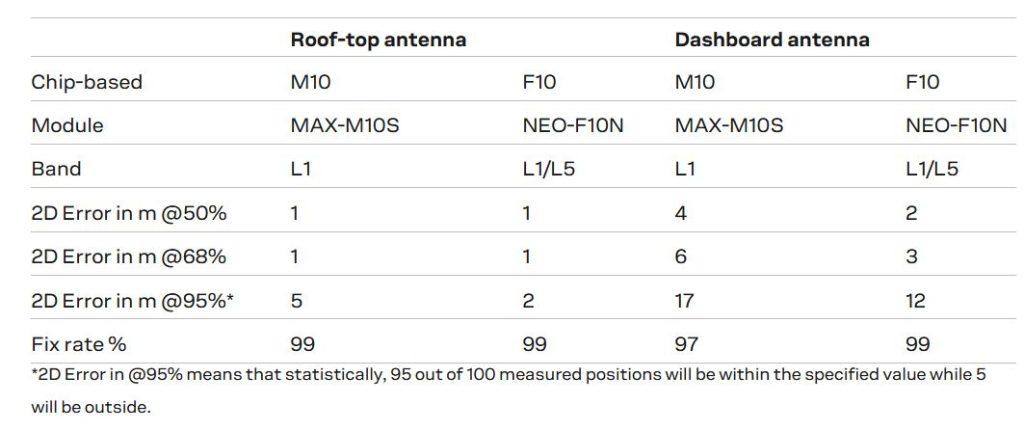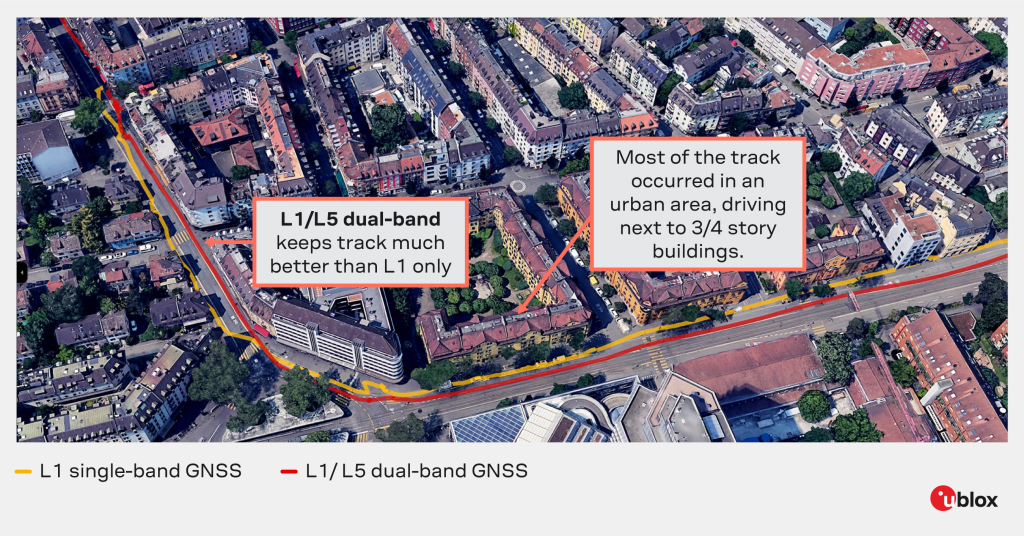Since GPS became available to the public, and with the additions of other satellite constellations such as Galileo, BeiDou, NavIC, or QZSS, positioning accuracy has become the linchpin for many industries, to name a few, automotive, aftermarket telematics, and tracking solutions in general.
Today, GNSS (Global Navigation Satellite Systems) users can access many types of receivers. When choosing one, designers are looking for simple and cost-effective ways to improve the positioning accuracy of their solution. But for an aftermarket telematics manager, this choice is particularly tough.
Installation and size versus positioning accuracy: the dilemma of aftermarket telematics
Aftermarket telematics fleet managers face many difficulties when dealing with GNSS receivers. For starters, their installation is often not within their control. And when it is, the installation options change from vehicle to vehicle because each vehicle is different. To make matters even more complex, the situation varies from one telematics fleet management company to another.
Ideally, an installation should be quick, easy, and invisible to the end user and anyone with malicious intent. These requirements often lead to locations with no direct view of the sky, where signals are attenuated and subject to multipath effects.
Size is another issue to consider. The smaller the tracking telematics boxes are, the better. However, achieving the best GNSS navigation performance requires the opposite because of the antenna. Application requirements often restrict antenna options, leading to constrained designs that may not provide optimal positioning performance. As a result, trade-offs become necessary. Much like the closely guarded Coca-Cola recipe, only the top-tier telematics box manufacturers possess the golden formula to achieve the right balance.
Given these limitations, some fleet managers add dead reckoning technology to handle better signal degradation or obstructions caused by changing conditions as vehicles move. But are there any other options available?
Dual-band technology: a tested solution
With dual-band technology, designers can improve both traditional GNSS and dead-reckoning receivers, hitting two targets with one arrow.
Unlike L1 signals, L5 signals provide a different signal strength with different coding and characteristics. Therefore, the design of a competitive dual-band receiver lies primarily in the intelligent use of both L1 and L5 signals, as well as calculating the best position under changing conditions.
Affirmations of this kind require substantial evidence. At u-blox, we have, therefore, conducted road tests to confirm the theory.
The objective of our test drive was to demonstrate and validate the impact and improvements of our L1/L5 GNSS receivers (F10 platform) over L1 alone (M10 platform) in an urban area. Since the exercise was also intended to shed light on the trade-off we discussed earlier, we used two antennas for the tests: a strategically placed high-quality antenna and a more flexible and modest one hidden under the dashboard where fleet managers typically place them.
We conducted our tests in Zurich, Switzerland. While driving in and around this city may not be the most challenging scenario for GNSS receivers, it can be considered an “average reality” that reflects performance. Based on this, fleets can comprehensively understand what happens in typical driving environments, where vehicles travel through open, semi-obstructed, and fully obstructed environments.
What we found out
The trip began on the highway. Then, we drove through the suburbs before entering the city center, where we passed under bridges and alongside the tallest buildings.
Looking at the trip rendering on the map, under open skies, and in urban areas, the improvement shown by the map recording the positions of the L1+L5 receiver was less noticeable. However, the statistics told a different story, showing better performance with an overall significant advantage.
As we approached the city, where the environment is more challenging for a GNSS receiver, the position error delta increased between L1 only and L1+L5. And when the vehicle was immersed in the city center, several L1 positions dropped and shifted. This behaviour could not be detected or was strongly attenuated when comparing the results with the L1+L5 solution.
Considering the two antennas we used in terms of placement and performance, the benefits of replacing the single-band GNSS receiver with dual-band technology become more significant. As the table below shows, performance improvements are noticeable, up to 50% in some cases.
*2D Error in @95% means that statistically, 95 out of 100 measured positions will be within the specified value while 5 will be outside.
Analyzing the information given in this table, we can deduct four main points:
Positioning accuracy with dual-band technology (F10) is 30 to 40% better than with single-band technology (M10). This percentage depends on where the antenna is placed.
The fix rate with dual-band technology remains 99%, even under challenging conditions.
The location of the antenna makes a huge difference. In fact, dashboard antennas significantly reduce positioning accuracy.
Key takeaways
By defining a precise goal and using a fleet manager’s setup, we illustrated the advantages of L1+L5 over L1-only GNSS receivers for aftermarket telematics in a typical use-case scenario.
Dual-band receivers show performance improvements in optimal and non-optimal installations, which is even more significant when vehicles operate in urban areas. In other words, dual-band technology simplifies the equation fleet managers must solve because it improves positioning accuracy in every case. Given these results, these are our main conclusions:
- Dual-band GNSS receivers effectively improve overall positioning accuracy with antennas that perform well or moderately well in urban areas.
- Dual-band GNSS receivers outperform single-band GNSS receivers, especially when using weak antennas, which is the case in most applications.
- Dual-band technology is the next step for sub-meter GNSS products used in aftermarket telematics.
u-blox simplifies the transition from single-band (M10) to dual-band (F10) products based on form factor, pin-out, and software features. In the case of aftermarket telematics, dual-band technology is a turning point as it considerably enhances traditional GNSS.











